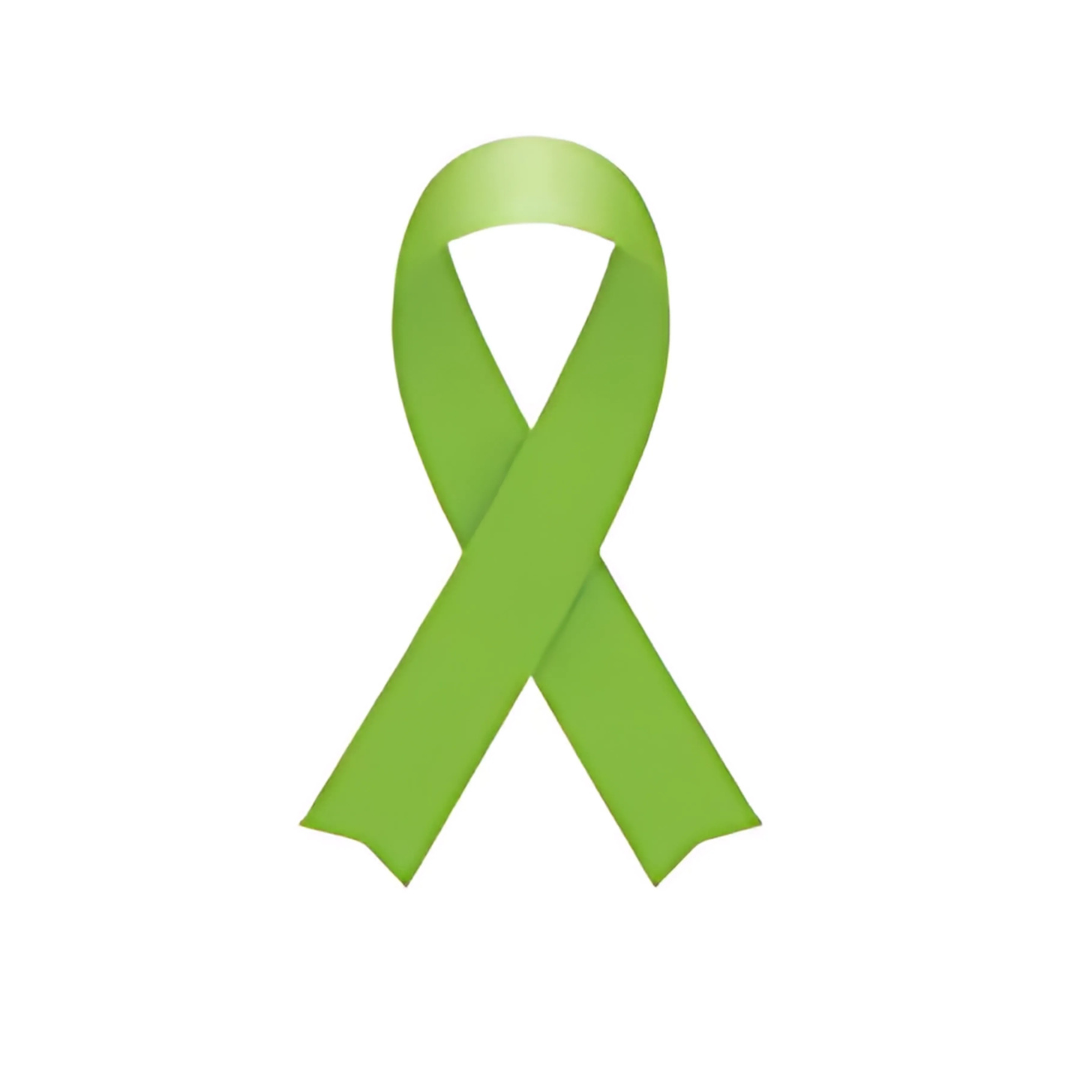|
Getting your Trinity Audio player ready... |
In our series of articles about the different types of cancer, we move on to two rare but agressive forms of the disease, and whose awareness month is February.
Gallbladder cancer
The gallbladder is part of the digestive system. It is a small pouch that stores bile, a fluid that helps to break down fats in our diet and to digest food.
Gallbladder cancer symptoms include abdominal pain, nausea, yellowing of the skin and eyes (jaundice) or an enlarged gallbladder.
Causes and treatment
Factors that increase the risk of developing gallbladder cancer include age, gallstones, gallbladder polyps and being overweight.
There are several types of gallbladder cancer, depending on the cells it started in. Treatment will depend on the size and type of the cancer and whether it has spread. Advanced gallbladder cancer will have spread to lymph nodes or nearby organs, or to another part of the body such as the lungs (secondary or metastatic gallbladder cancer).
Survival outcomes will depend on how advanced the gallbladder cancer is when diagnosed.
Bile duct cancer
Also called cholangiocarcinoma, it starts in the bile ducts. These are small tubes that connect the liver and gallbladder to the small bowel, carrying bile. There are three types of bile duct cancer. Intrahepatic bile duct cancer starts in the liver. Perihilar and distal bile duct cancers start in the bile ducts outside the liver.
Bile duct cancer arises when abnormal cells in the ducts divide in an uncontrolled way. It may not cause any symptoms in the early stages, but if they should start to present, they can include yellowing of the skin and eyes, or jaundice. In case of symptoms, you should consult your doctor, who will perhaps prescribe tests and refer you to a specialist.
Causes and treatment
The risk of developing bile duct cancer increases with age. However, long term inflammation of the bile ducts can also be a cause. Inflammation can occur through bacterial infection or blockages, by gallstones for example.
As with many cancers, survival rates depend on how soon the disease is diagnosed, as over time the cancer can spread beyond the bile ducts and into nearby lymph nodes or organs, or beyond. Also of importance is whether the cancer is in the ducts inside or outside the liver.
When detected early enough, surgery can be an option. Coupled with chemotherapy, this can have excellent results. However, both gall bladder and bile duct cancers are aggressive, as mentioned. Since symptoms often don’t appear until the later stages, when tumours have become inoperable, they are usually treated with chemotherapy alone, with less positive prognoses.
The ribbon colour for these cancers (according to emedicinehealth.com) is green, but not just any green, Kelly green! While we don’t sell ribbons, we DO have a few items of CAC merchandise in that colour for you to ‘sport in support’ of gall bladder and bile duct cancer awareness month and research into treatment.
Get yours now from our shop or Eurozone e-boutique, subject to availability




